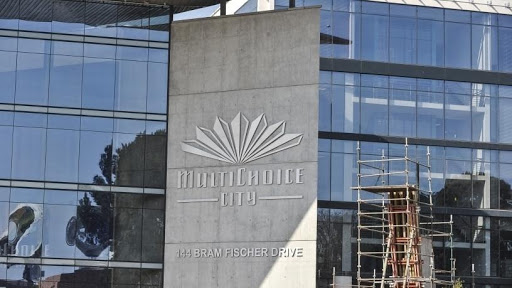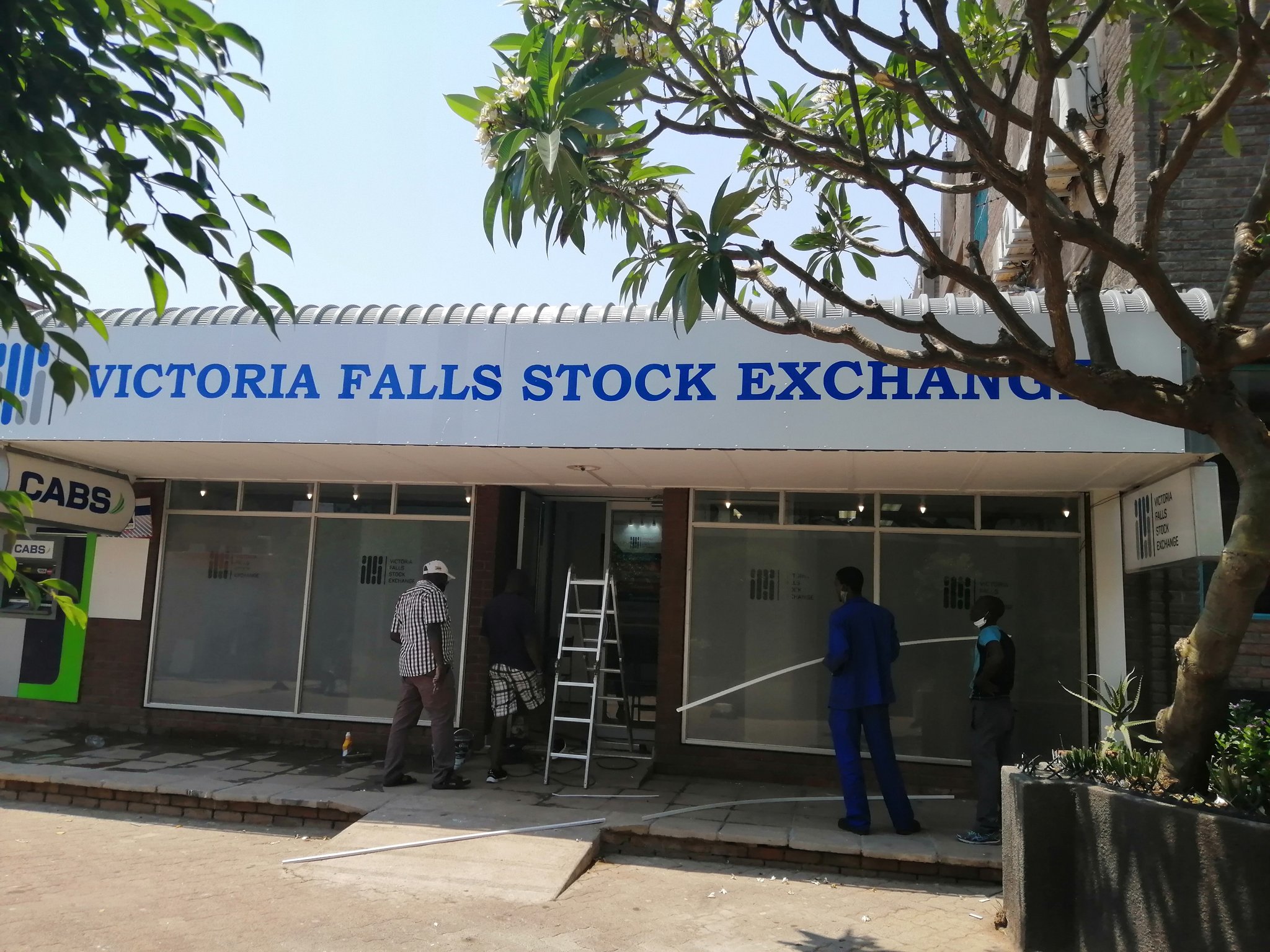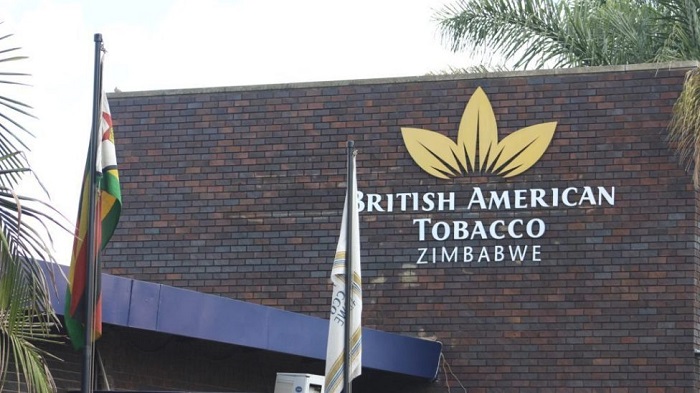How to really protect your savings from a market crisis just before retirement
Sequence of returns risk refers to the risk to a retiree of retiring just before a crisis or
negative returns. Should this occur, the retiree starts off retirement by regularly
withdrawing money from their investment to provide their income and the money
withdrawn can never recover when the market recovers.
Nedgroup Investments has spent most of last year investigating the effects of sequence
of returns by analysing the outcomes after 10 years of retirement across hundreds of
scenarios and various portfolios.
What we found in practice was that the order of returns is less important that the overall
returns earned by a retiree. Furthermore, the traditional methods of reducing sequence
of returns risk (for example, reducing exposure to growth assets and a number of the
bucketing approaches) can actually lead to worse investment outcomes for retirees.
The below scenarios explain why this research is important to consider for any
retirement plan.
The “worst case” — a perfect storm of sequence of return risks
Consider an investor who retired on 1 Jan 2008 just before the impending financial crisis.
Say they invested in a high equity fund (which has about 75 percent in growth assets so
has notable ups and downs) and withdrew what is considered a high income of 10 percent
in the first year, growing this with inflation.
Assuming they had R1 million at the start of retirement on January 1, 2008, today (June
30, 2022) they would have just under R300 000.
The “magic case” — a no volatility experience
Now, imagine the same perfect storm example, but we had the magical ability to remove
all ups and downs so that the retiree had absolutely no volatility but still earned the same
average returns over the period. If they had R1 million at the start of retirement in 2008,
today (June 30, 2022) they would have just over R300 000.
To be precise, they would have R32 291 more with a zero-volatility strategy — so not a
vast improvement. This small improvement was consistent in our research across
numerous retirement dates for those who retired just before a market dip.
However, for all other retirement dates, the rand value 10 years into retirement of the
zero-volatility fund was typically lower than a standard high equity fund.
Acknowledging the emotions experienced by investors
Although the outcomes of the 2008 perfect storm example are not that different, the
journeys were drastically different, as illustrated by the chart below. Imagine how you
would feel, if just over a year into your retirement you had lost almost R300 000 of the R1
million you retired with. Naturally, it would be very difficult to stay the course and not
switch investments.
Rand value of R1 million invested on January 1, 2008 with an initial withdrawal of 10
percent with aim of income growing with inflation. So, what strategies could be
considered to help retirees stay the course?
We tested two different strategies to see if they would help. The first is reducing the
proportion of growth assets to reduce volatility and the second is called the bucketing
method.
Both strategies were tested for a range of different retirement dates going as far back as
we have data for our high equity fund (ie, May 2002). Each person retires with R1 million
and withdraws an income of 10 percent in the first year, escalating this with inflation.
For each retirement date, we tested how much money someone had left 10 years into
their retirement.
The first person retires on May 1, 2002, second person retires on June 1, 2002, and so
forth, with the last person (number 123), retiring on July 1, 2012. The last retirement date
is July 1, 2012 because 10 years into retirement take us to “today” (June 30, 2022).
Strategy one: Does reducing the proportion in growth assets help?
Each dot on the chart below represents the money a retiree has left 10 years into their
retirement. For each retirement date there are three different colour dots representing
the three different funds. Across all retirement dates, a high equity fund gave retirees the
same or more money 10 years into their retirement than a medium or low equity fund (ie,
dark green dots are above the light green and yellow dots).
Value 10 years into retirement of R1 million invested with an initial withdrawal of 10
percent with aim of income growing with inflation
Low equity is Nedgroup Investments Core Guarded Fund C. High equity is Nedgroup
Investments Core Diversified Fund C. Medium equity is a 50:50 blend of the Low and
High equity portfolios. Source: Nedgroup Investments
Conclusion
Reducing the proportion in growth assets did not improve outcomes in poor markets and
was in fact very detrimental in good markets with retirees having up to R1 million less in
a low equity fund than a high equity fund.
We tested a few bucket systems and only cover the most effective version here. The other
variations did not improve outcomes in poor markets and were detrimental in good
market.
This includes the bucket system of placing three years of income into a “cash” bucket
and once a year topping the “cash” bucket up from the “risk” bucket. Each time it is
topped back up to hold three years of income withdrawals.
The most effective bucket system of the options considered was to place three years of
income in a “cash” bucket and the balance in a “risk” bucket (high equity fund).
Retirees withdraw income from the “cash” bucket and never top it up so when it runs
out, they withdraw their income from the “risk” bucket.
On the chart below each dot represents the money a retiree has left 10 years into their
retirement. We see a marginal improved in outcomes with bucketing for people who
retired and soon thereafter experienced a market dip. Importantly, in typical and good
markets it didn’t cost retirees too much, i.e., they only had slightly less money after 10
years.
Value 10 years into retirement of R1 million invested with an initial withdrawal of 10
percent with aim of income growing with inflation
Conclusion
From the perspective of helping retirees stay the course, this is a good option in practice
as it helped a bit in bad times, didn’t cost too much in good times and psychologically
provided reassurance of having a cash reserve in the early years of retirement.
The four keys to a financially successful retire invest in sufficient growth assets (around
75 percent); keep total costs to a reasonable level as this erodes returns (preferably 1
percent pa or less); draw a sustainable income (preferably 5 percent or less in the first
year, with income escalating with inflation each year); and consider an effective bucket
approach (avoid the bad ones) if this will help the retiree not to switch investments when
markets returns are poor. — News24./The Herald








